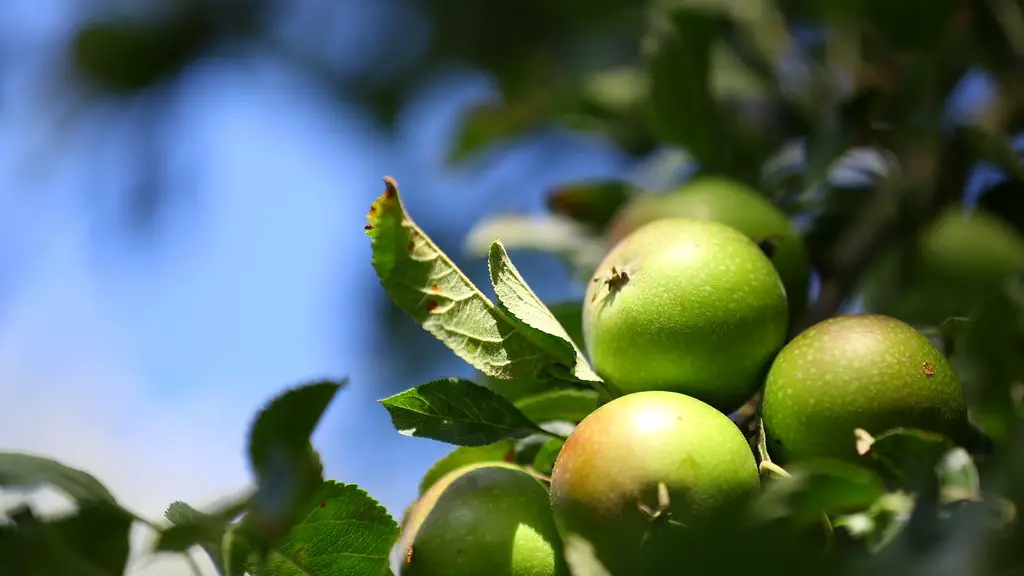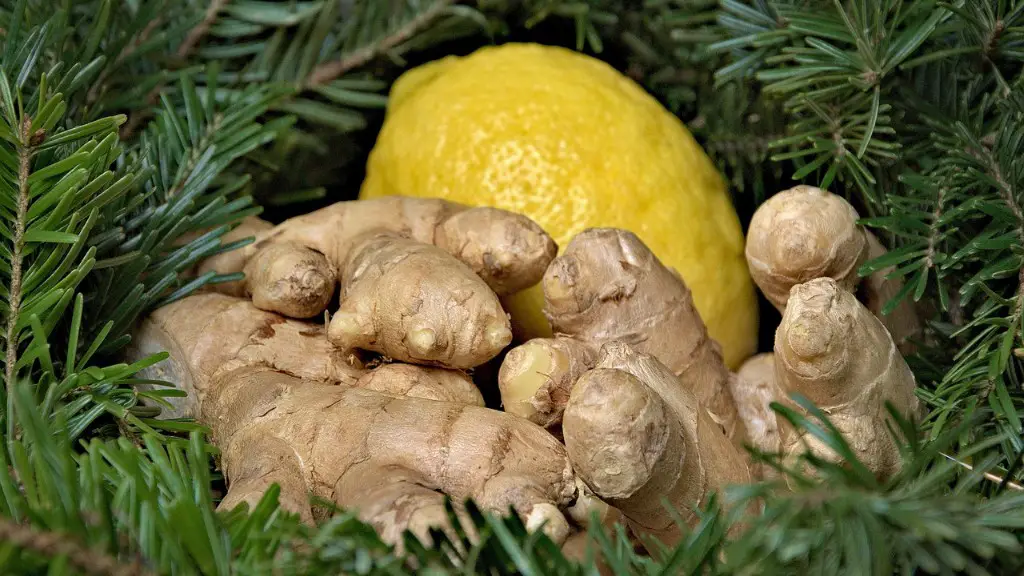Nursery Condition
One of the first things that can help determine if an avocado tree will bear fruit is the condition of the nursery where it was purchased or transplanted from. If the tree has been grown in the same area for many years, that usually means it is of better quality and has been growing robustly in well-drained soil of rich organic matter. The tree should also be healthy with well-developed roots, deep green foliage, and an abundance of flowers. If any of these features are absent an avocado tree may be less likely to produce fruit.
Water and Other Care
Just like any other tree, an avocado tree needs proper care if it is going to produce fruit. It should be watered thoroughly but not too frequently, as this can lead to overwatering and soil saturation. The tree should also be fertilized twice a year to ensure it has the necessary nutrients to grow and produce fruit. If all of these conditions are met and the tree has plenty of sunlight, it should be able to produce fruit.
Pollination Process
Another factor that should be taken into consideration is pollination. This is an important aspect of the process of an avocado tree producing fruit since it requires two trees for successful pollination to occur. One of the trees needs to be a type A, the other a type B. Both types must flower simultaneously for the pollination process to be successful, so it is important to monitor the flowers of the two trees and ensure pollination is occurring. If there is no pollination, there is no fruit.
Pest and Disease Control
Avocado trees can also suffer from various pests and diseases that, if not adequately treated, can prevent the tree from producing fruit. The most common pests include mealybugs, scale insects, and thrips, while the most common diseases include root rot and anthracnose. It is important to keep an eye out for these pests and diseases and treat them immediately so they do not spread and impede the fruiting process.
Age and Vigor of Tree
The age of the tree plays an important role in the process of bearing fruit. If the tree is not mature enough, it may not be able to produce enough flowers to successfully pollinate another tree. It can take up to five or six years for an avocado tree to become fully mature, so it is important to allow the tree to grow to that point in order for it to bear fruit. In addition to age, the vigor and health of the tree should also be taken into consideration.
Looking at Leaves
Another way to figure out if an avocado tree will bear fruit is to look at the leaves. Healthy avocado trees should have glossy leaves that are a deep green color. Any wilting, yellowing, or discoloring of the leaves should be taken into consideration, as this could be an indication of a problem that is preventing the tree from bearing fruit.
Sizing Up the fruit-bearing Potential
Finally, it is important to assess the potential for the tree to bear fruit. This assessment will rely on looking at all the factors mentioned above, such as the condition and age of the tree, the care it is receiving, the presence or absence of pollination, and the health of the leaves. All of these elements should be taken into account when determining if an avocado tree will bear fruit.
Varieties and Climates
When choosing an avocado tree to start your own orchard, it is important to pick the right variety for your climate. Avocado trees prefer warm, dry climates and sandy, loamy soils. Depending on the variety, some can grow better in areas that have cold winters, while others are able to survive and bear fruit in areas with hot, humid summers.
Climate-resistant Cultivars
If you live in an area that could experience severe cold winters or hot, humid summers, there are varieties of avocado tree that are more resistant to these extreme conditions. The ‘Fuerte’ and ‘Brogou’ varieties of avocado trees are more tolerant of extreme climates and can survive and bear fruit in these conditions.
Grafting
Grafting is also an option for increasing the success rate of avocado trees bearing fruit in severe climates. Grafting involves taking a portion of an established, fruit-bearing tree and combining it with a different rootstock. This can increase the hardiness of the tree, making it less susceptible to extreme climates and more likely to produce fruit.
Pruning and Training
Pruning and training are also important in increasing the chances of an avocado tree bearing fruit. Pruning and training should be done regularly to encourage new growth and promote a well-proportioned tree with plenty of foliage and flower buds. This will also help to protect the tree from disease and pests, as well as allowing ample space for the tree to bear fruit.
Fertilization Schedule
Avocado trees require a balanced fertilizer to ensure they have adequate amounts of nitrogen, phosphorus, and potassium. This should be done twice a year, once in spring and once in fall. If a fertilizer isn’t available, compost can also be used as an organic alternative. Applying mulch around the base of the tree can also help to retain moisture and protect the shallow roots of the tree.


